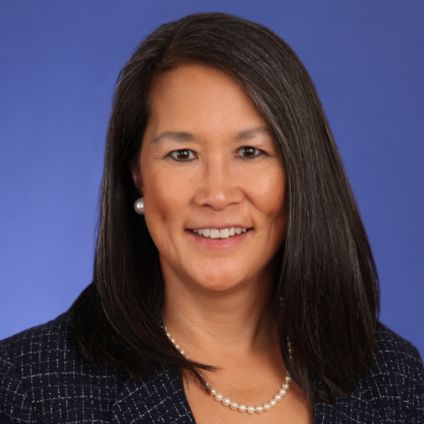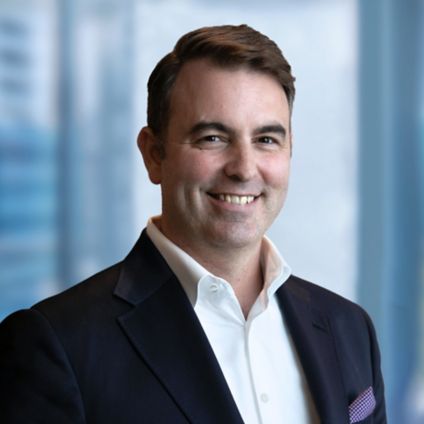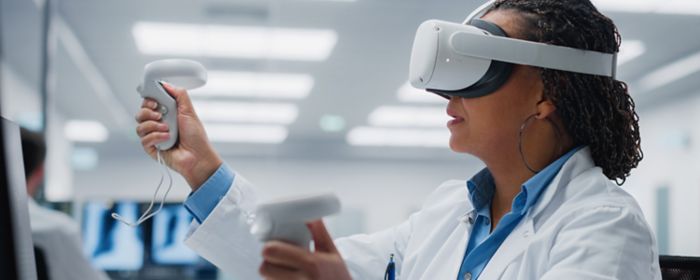Preview
As healthcare organizations continue to operate in unprecedented times, future-focused and actionable insights are needed to help leaders in the sector respond effectively to significant disruptions. This issue of Healthcare Foresight explores how signals of change and the trends they imply could reshape how healthcare is delivered and consumed in the future.
The health sector has often been portrayed as slow to change, but challenges faced by the sector are evolving attitudes and driving the need for transformation. In 2021, KPMG surveyed 200 hospital and health system CEOs from eight countries and territories. This survey revealed that 80 percent of respondents believed the healthcare industry was in need of “disruption and change”, with 79 percent expecting that all aspects of care delivery models would be transformed within the next three years.1
Signals of change
While we are yet to see the degree of change predicted, there is immense pressure on healthcare systems to deliver more services with fewer resources. These pressures are now manifesting in signals of change that are shaping how healthcare will likely be delivered and consumed in the future.
- Demand for customer-centric care: Accelerating technological change and generational shifts in attitudes toward the use of technology are producing a rapid change in the expectations that individuals have of their healthcare systems. To respond to these changes, healthcare organizations should reframe how they look at the people they serve, seeing them as customers, versus patients. Providing personalized care, digital services and products that meet evolving consumer needs will also help organizations deliver equitable healthcare access and seamless modern experiences.
- Workforce crisis: Healthcare systems around the world are struggling to deliver services amid workforce shortage and wellbeing issues. To address these challenges and long-term needs, new approaches to workforce planning are needed that integrate regulatory, academic, community, hospitals and health-system players. Healthcare organizations who also adopt digital solutions aimed at reducing routine tasks and inefficient processes will likely be best positioned to improve workforce experiences. These solutions can help to alleviate unnecessary burdens and stress for clinicians and providers.
- Harsh economics: In many jurisdictions, the cost curve for healthcare providers has spiked, patterns of demand have shifted, and the need to manage expenditures has been posing profound challenges for health-system leaders. These challenges are presenting in an environment of increasing economic uncertainty. A focus on strategies that can improve operational efficiencies, create new revenue models, and deliver value-based care is expected to be essential in driving financial recovery and sustainability.
- Changing markets: As consumer expectations change at rates faster than health systems’ ability to meet them, many gaps are emerging, which new entrants from the technology, retail, consumer goods and wellness industries are looking to fill. Health providers and payors should be increasingly ready to partner, govern and operate with new entrants to meet consumer expectations and demand for modern health and wellness services.
- Altered supply chains: Geopolitical and post-pandemic impacts have significantly disrupted global healthcare supply chains - including those for pharmaceuticals, medical supplies, and equipment - and made supply chains less resilient. To address these challenges, healthcare organizations that responsively manage demand and capacity constraints and adopt innovative approaches to sourcing and support-services delivery are positioning themselves for sustained operational and clinical excellence.
- Data informed insights: Research on thirteen healthcare systems around the world by the Partnership for Health System Sustainability and Resilience revealed wide variation in the availability, completeness, and use of health data to drive evidence-informed decision making, policy evaluation and learning.2 Health enterprises will likely need to establish new operating models and invest in robust data-governance and data management capabilities. This will give them the ability to convert data into insights to unlock value through improved forecasting, planning, and decision-making capabilities.
Authors
Potential risks of ignoring signals of change
Ignoring these signals of change can impact healthcare organizations’ sustainability and resilience to future crisis and shocks. As outlined in KPMG’s Healthcare Horizons thought leadership report, maintaining ‘business as usual’, and or adopting only a marginal approach to change may create a scenario through which organizations become overwhelmed by rising service demands, costs and expectations. This can result in varying degrees of system collapse or long-term declines in care quality and population health.
Transformation of such enormity can be daunting to think about, but healthcare leaders often have more agency over change than they anticipate and do have the power to make a difference if they respond to the signals of change in a timely manner. Responding effectively will require strong collaboration at the ecosystem level between stakeholders, including governments, public and private providers, healthcare payors and industry groups. To create the setting for much-needed transformation, these groups should expect to take collective responsibility. Also essential for transformation is the shift for health leaders from short-term thinking related to daily operations and one-to-four- year business planning cycles, to longer-term strategies and planning that addresses factors expected to shape the future of healthcare.
This issue of Healthcare Foresight will focus on:
- How the signals of change could influence the establishment of three new healthcare operating models (outlined below)
- The capabilities healthcare organizations will likely need to respond effectively to the significant disruptions they face into the future
- Actionable insights that can help the transformation agendas of healthcare organizations
Lydia Lee and Evan Rawstron
Healthcare Foresight guest editors
Welcome to our latest issue
Healthcare operating model transformation
The need for new care models and the digitally enabled capabilities required to support them
Issue 5 – March 2023
1 KPMG International. (2021). Healthcare CEO Future Pulse. https://kpmg.com/xx/en/home/insights/2021/06/healthcare-ceo-future-
pulse.html
2 Partnership for Healthcare System Sustainability and Resilience. (2022). Press release: Governments urged to invest in healthcare systems despite global economic uncertainty. https://www.phssr.org/pressrelease_2022phssrglobalsummit









